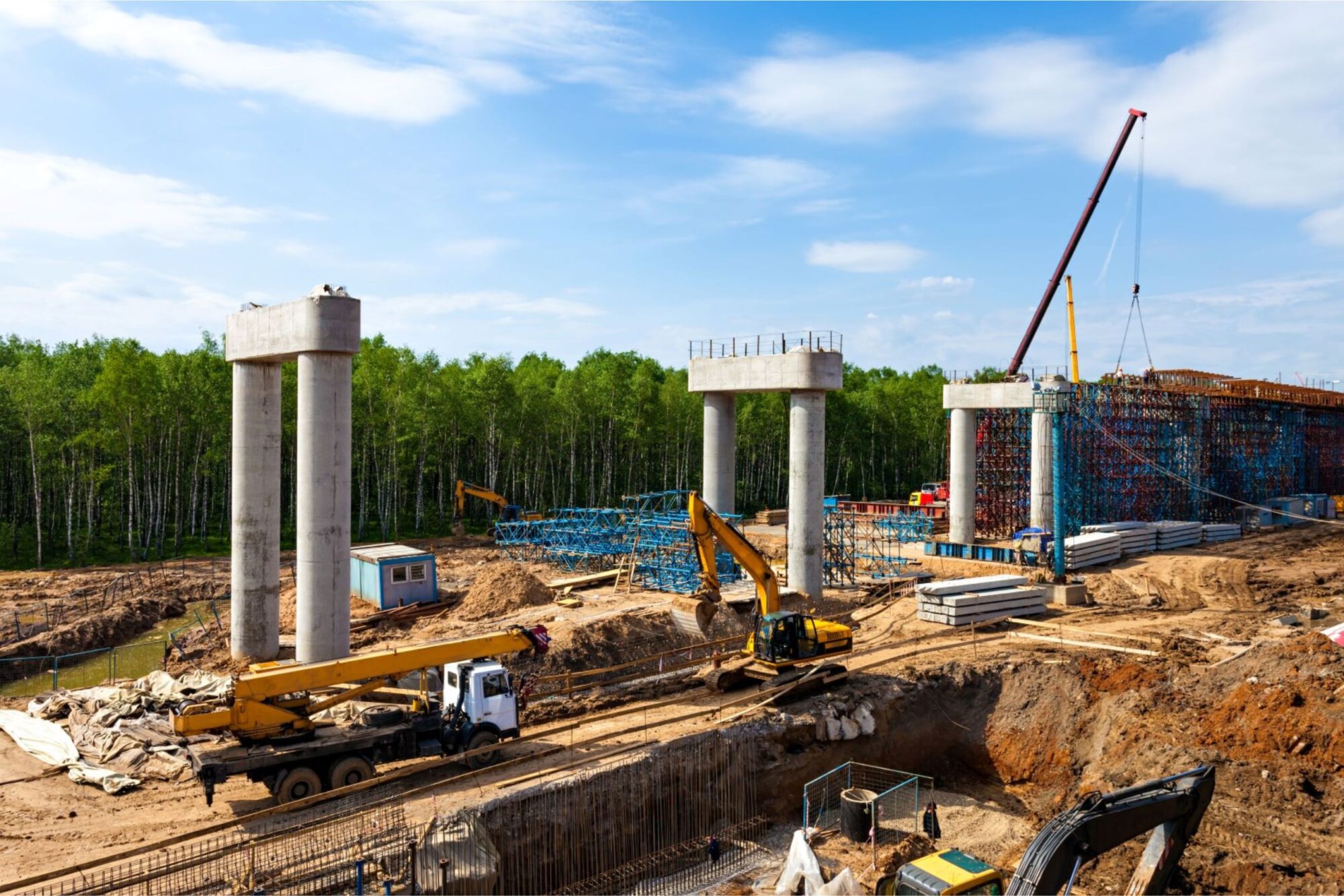In today’s world, infrastructure longevity is just as important as innovation, and that’s where revolutionary products such as GFRP step to the forefront. Glass Fiber Reinforced Polymer (GFRP) rebar not only brings innovation but also durability to the infrastructure industry. It is strong, lightweight, and most importantly, corrosion-free, redefining durability standards for modern bridge engineering.
For decades, steel and concrete have been the backbone of bridge construction, but they come with a major downside – corrosion. Exposure to moisture, salt, and fluctuating temperatures in marine areas naturally leads to rust, cracking, and costly maintenance cycles. Rehabilitation costs are also higher and offer temporary fixes. GFRP stands out as a promising contender in this regard.
What Makes GFRP a Top Choice for Bridges
GFRP (Glass Fiber Reinforced Polymer) is a composite material made of glass fibers embedded in a polymer matrix. This combination equips it with an extraordinary strength-to-weight ratio, making it both lightweight and exceptionally strong. But what truly makes GFRP a game-changer is its corrosion resistance. Unlike steel, GFRP does not rust, even in the most extreme environments such as coastal regions. Here are more benefits:
1. Corrosion Resistance
GFRP’s non-metallic composition promises long-term performance, even under constant exposure to moisture and chemicals. This significantly reduces maintenance costs and extends the bridge’s lifespan.
2. Lightweight Structure
GFRP is about 4 times lighter than steel, which facilitates easier transportation, faster installation, and reduced structural load on structures. This also leads to lower labour efforts and costs.
3. High Strength and Durability
Despite being lightweight, GFRP rebar offers excellent tensile strength and comes with the foundational ability to withstand heavy loads. This combination makes it a boon for modern infrastructure.
4. Design Flexibility
The versatility of GFRP positions it as an excellent resource for modern infrastructure, allowing engineers and architects to design bridges with complex shapes and aesthetic appeal, without compromising strength.
5. Sustainability
Longer life span, minimal maintenance, labour efforts, and advantages such as non-corrosion also lead to sustainable construction practices and lower carbon footprints.
GFRP Bridges from Across the World
- Halls River Bridge, Florida (USA): A vehicular bridge built using GFRP rebar, designed to resist harsh coastal conditions.
- Joffre Bridge, Canada: A pedestrian bridge that optimizes GFRP’s lightweight and non-corrosive qualities, important for cold and salt-ridden environments.
- Kolding Bridge, Denmark: A pedestrian bridge made entirely of GFRP, combining architectural beauty with engineering innovation.
These examples are proof of the transformative nature of GFRP, which is more than just a lab innovation. As the demands of the industry grow and sustainability takes center stage, GFRP bridges pose as the next revolution. It is corrosion-free, low-maintenance, and future-ready, ready to bring change that matters.

